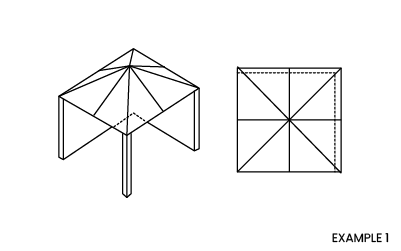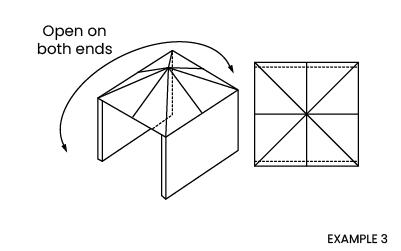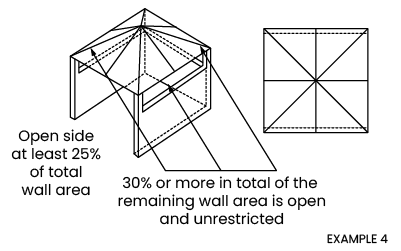If you are looking to extend your outdoor season a couple extra months out of the year, or in some situations year-round, a fixed gas patio heater might be the perfect solution for your space. Outdoor patio heaters come in different styles and fuel types to choose from, but gas patio heaters are for those individuals who are interested in a patio heater that will give them the best bang for their buck. Fixed patio heaters come in two fuel options, natural gas or propane
Overhead fixed style natural gas or propane radiant infrared heaters give the best result and the greatest value. They offer the most area coverage, most heat, most efficient energy usage, and the most economical operating cost available when compared to other outdoor heater types in the market.
Although gas heaters are an excellent choice to keep you outdoors longer, there are some key points that you must take into account. Unlike portable gas heaters, these heaters are permanent fixtures that once installed should not be moved. Analyzing your space and understanding the requirements of installing a fixed gas patio heater will help you in your decision making to determine if a permanent gas patio heater is right for you. This checklist will explain the three crucial factors that you must consider before purchasing a fixed patio heater.
1. Ventilation
This is the most important factor. First you need to analyze your space and determine if you have proper ventilation to install a fixed gas heater. Heaters that operate on natural gas or liquid propane emit gasses that for safety reasons need to be properly ventilated. Installing a gas heater in an indoor residential dwelling is NOT allowed unless the heater of your choice can be vented in an indoor setting. For the most part, all fixed gas heaters must be installed in an “outdoor space”
Definition of outdoor space is as follows.
- Walls on all sides, but no overhead cover.

- A partial enclosure which includes an overhead cover, but no more than two side walls. These side walls may be at right angles to each other or parallel, as in a breezeway.
-


- A partial enclosed which includes an overhead cover and three side walls as long as 30% of the horizontal periphery is permanently open.
-

FOR YOUR SAFETY
If you smell gas:
- Open windows.
- DO NOT try to light any appliance.
- DO NOT use electrical switches.
- DO NOT use any telephone in your building.
- Leave the building.
- Immediately call your local gas supplier after leaving the building. Follow the gas supplier's instructions.
- If you cannot reach your gas supplier, call the Fire Department
2. Mounting Options
There are two main mounting types for gas patio heaters, overhead facing straight down also known as “horizontal” mount or overhead or on a wall at a tilt. Each manufacture will have mounting brackets that are either included with the purchase or that can be purchased separately. For applications that have high ceilings, some units have the option of being chain hung as well.
Heater placement is critical for effective and efficient patio heating. If heaters are placed too close together or mounted too low, people become uncomfortable. If heaters are placed too far apart on a breezy, wind-swept patio the patio may never get warm. Gas patio heaters work best if they are placed in areas of the greatest heat loss, such as the open side of a semi protected patio area. See below for examples.
3. Clearance to Combustibles
Once you have determined that your space does have suitable ventilation and have identified best placement of the heater, now you need to verify if you can maintain proper clearance to combustibles. A combustible material is any type of material that is capable of being ignited, melted, warped, or burned. Some examples include wood, compressed paper, plant fibers, and plastic. Such materials shall be considered combustible even though flame-proofed, fire retardant treated or plastered.
The stated clearance to combustible materials represents a surface temperature of 90ºF (32ºC) above room temperature. Building materials with a low heat tolerance (such as plastic, vinyl siding, canvas, tri-ply, etc.) may be subject to degradation at lower temperatures. It is the installer’s responsibility to assure that adjacent materials are not subject to degradation.
There are four dimensions that you will want to be mindful of when deciding where to place your heater Top (A) Left (B) Right (C) and Bottom (D). Each manufacture will have different clearance to combustibles for horizontal mount and tilt mount, it is very important that you refer to the manufacture’s installation instructions for these measurements.
Once you have confirmed that you do have proper ventilation, you can maintain minimum clearance to combustibles and have identified the perfect spot to install your unit, now you can start looking into the different brands and style of heaters that are available. Patio Heat and Shade offers multiple brandsto choose from and our patio specialist are a phone call away. Reach out to us and let us help you find the perfect fit for your space or take a look at some buying guides for additional information.